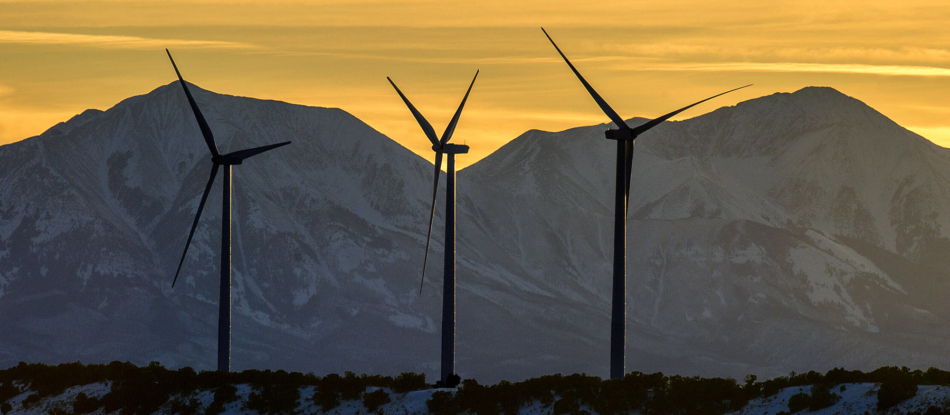
This gallery showcases the impact of climate change on Colorado, its past environmental practices, and the measures being taken to ensure a more sustainable future.
Colorado Moves Away From Coal
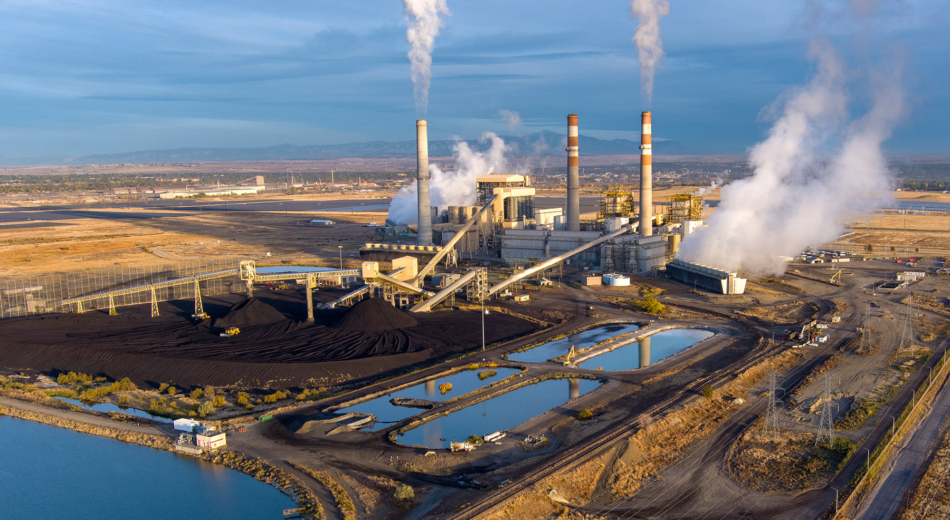
In 2022, Xcel Energy announced it would close the Number 3 coal burning unit at its Comanche Generating Station in 2031, nearly 40 years ahead of its original end-of-service date. Located in Pueblo, performance issues plagued the unit from its beginning in 2010. In a damning report, the Colorado Public Utilities Commission found that Comanche 3 had been offline nearly 30% of its 10 years of operation.
There are two other coal-fired units at the Comanche plant. Comanche 1 closed in 2022. Comanche 2 is scheduled to close in 2025. The closure of Comanche 3 will end coal’s role in Colorado’s energy sector. For The Colorado Sun.
*****
In 2019, the state of Colorado enacted a climate action plan to reduce greenhouse gas pollution by 26% by the year 2025. By August 2021, Colorado Spring Utilities had ended coal-burning operations at its Martin Drake Power Station and began to convert the facility to burn cleaner natural gas to provide energy for most of its 600,000 customers. For The Colorado Sun.
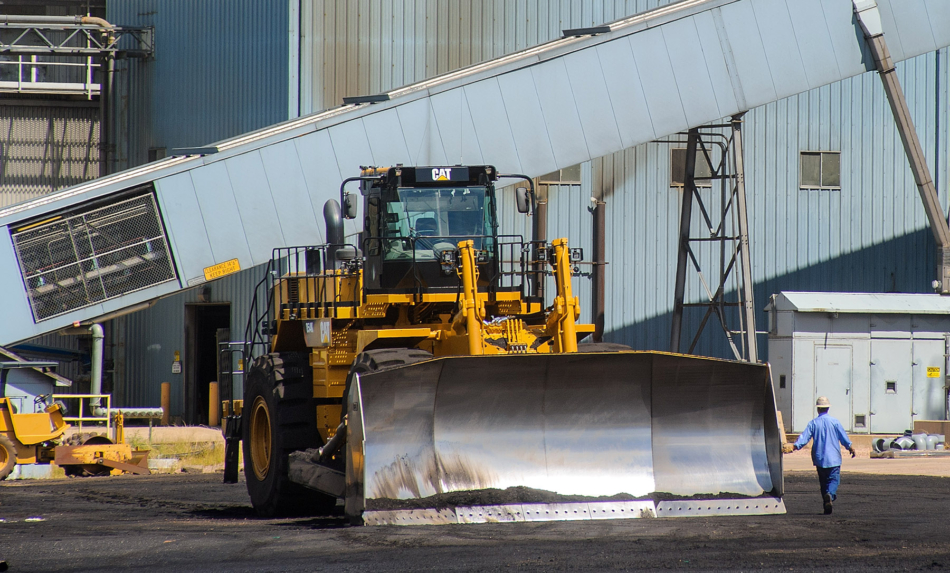
Renewable Energy
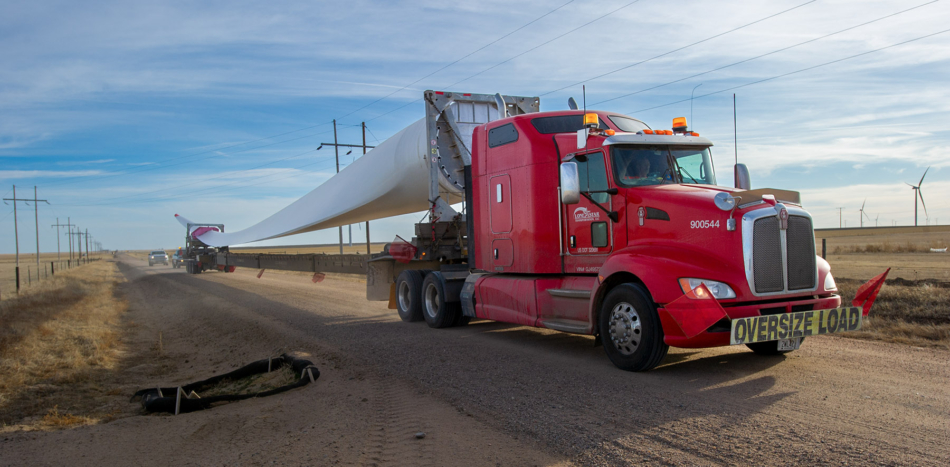
One-third of the power generated in Colorado comes from its 16,700 wind turbines. The Cheyenne Ridge wind project near Cheyenne Wells, Colo., features 229 of those turbines. It went online in 2020, produces 500 megawatts of energy and offsets 1.8 million tons of carbon dioxide emissions annually. Its owner, Xcel Energy, proposed in late 2023 a $15 billion plan to further invest in Colorado renewable energy, including an investment in 3,400 megawatts of wind energy.
*****
Producing over 4,000 megawatts of solar power annually, Colorado ranks 11th in the United States in solar energy production. The Neptune Energy Center in Pueblo is the state’s most productive array, generating over 325 megawatts of power.
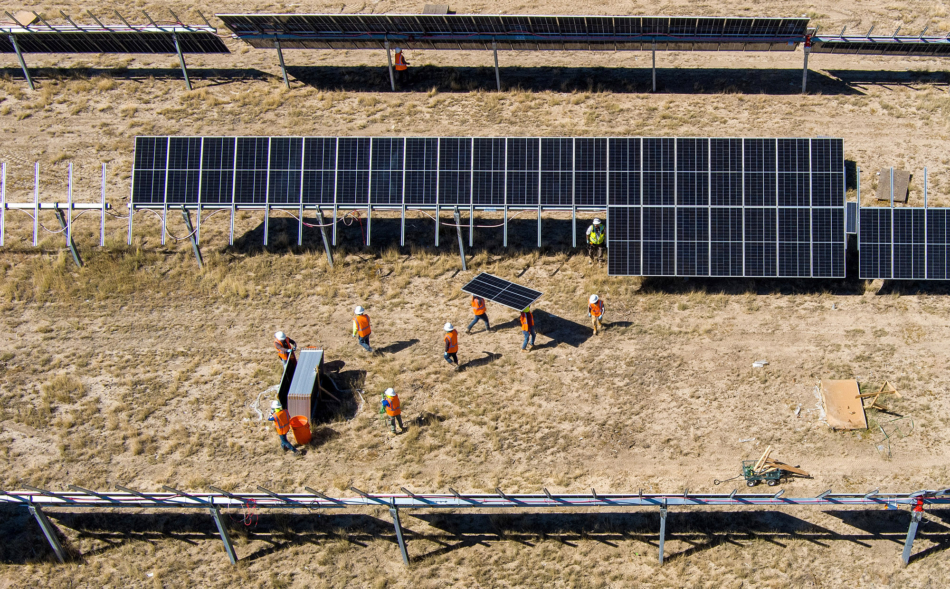
Water Quality Assurance
The Arkansas Valley Conduit was authorized by Congress as part of the Fryingpan-Arkansas water pact in 1962. Sixty-one years later, construction finally began on the conduit, a 130-mile pipeline that will deliver filtered water to more than 50,000 Coloradans in the southeastern portion of the state, most of whom live in rural towns which lack the infrastructure to insure clean drinking water. The waterway should be completed by 2030 at a projected cost of $350 million.

Biden Touts Clean Energy Manufacturing
President Joe Biden came to Colorado in November and spoke to how the Inflation Reduction Act is mobilizing investments in clean energy manufacturing and creating good-paying jobs in Colorado’s Third Congressional District. Biden spoke at the CS Wind tower manufacturing plant in Pueblo, the largest such facility in the world. For Colorado Newsline.

Colorado Wildfire
December downslope winds are nothing new in Colorado. Locals sometimes refer to the weather condition as “the warm before the storm,” a precursor to winter snows. But on the morning of Dec. 30, 2021, no one in Boulder County would have thought that in less than 24 hours more than 1,000 area homes would be destroyed in the most destructive fire in Colorado history, the Marshall Fire. A combination of high winds, drought-parched fuels, and densely developed property resulted in perfect conditions for a Wildland Urban Interface fire.
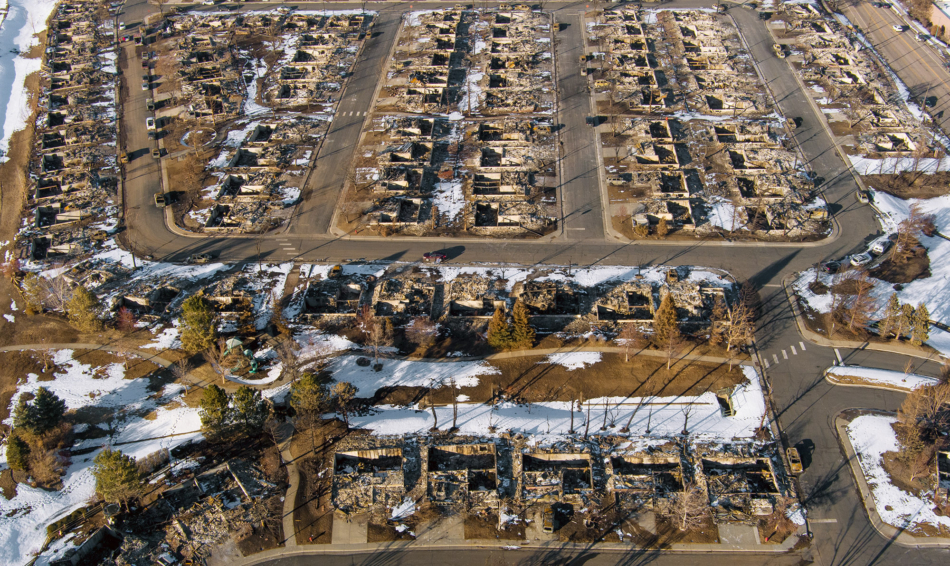
*****
“We are really moving out of a climate that is suitable for forests,” forest researcher Camille Stevens-Rumann said. “Old trees can persist, but when change comes in a disturbance like a wildfire and the ecosystem resets, the forests don’t come back.” For The Colorado Sun.
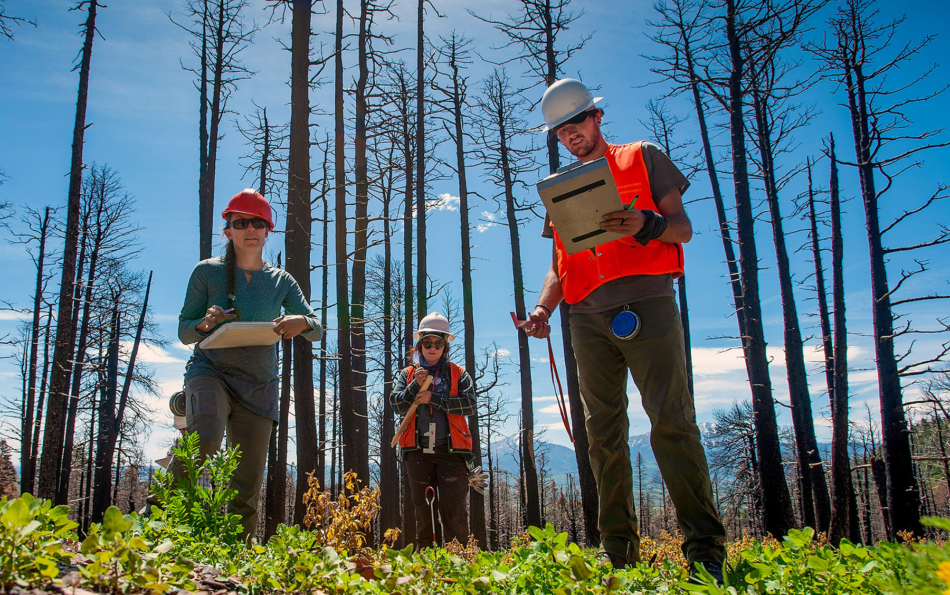
Hydro Power
Pueblo Water, the water utility for Pueblo, Colo., will bring a $10 million hydroelectric power plant online in 2024. On Dec. 12, the utility craned in a pair of turbines that will help power its water treatment plant, using water from the adjacent Arkansas River to fuel the system—up to 62 million gallons of water daily. The hydro plant is designed to generate 835 kilowatts of power, all of which will be used by the treatment plant to help keep energy costs down.
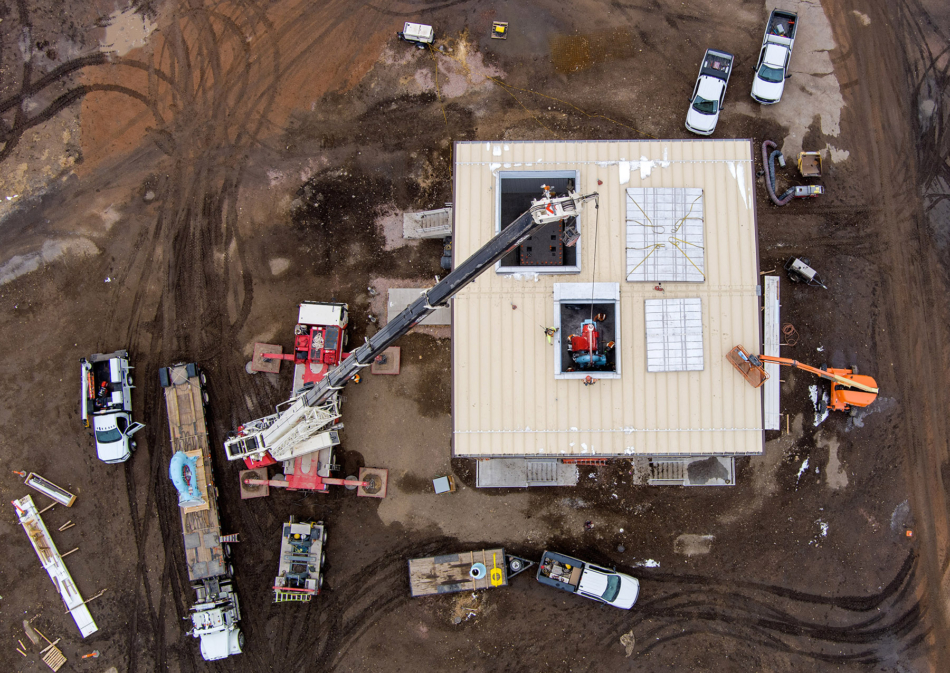
Trinchera Blow Down
A severe wind event in late winter 2022 blew down nearly 1,000 acres of trees in the San Isabel National Forest south of Cuchara Colo, forcing forest managers to close access to the popular Trinchera Road trail for over two years. Logging contractors were brought in to clear the area. And though it was reopened in a limited capacity to hikers and ATVs in August, 2024, the cleanup continues. Forest managers are concerned pine beetles and other parasitic pests will settle amongst the downed trees and spread to healthier parts of the forest.
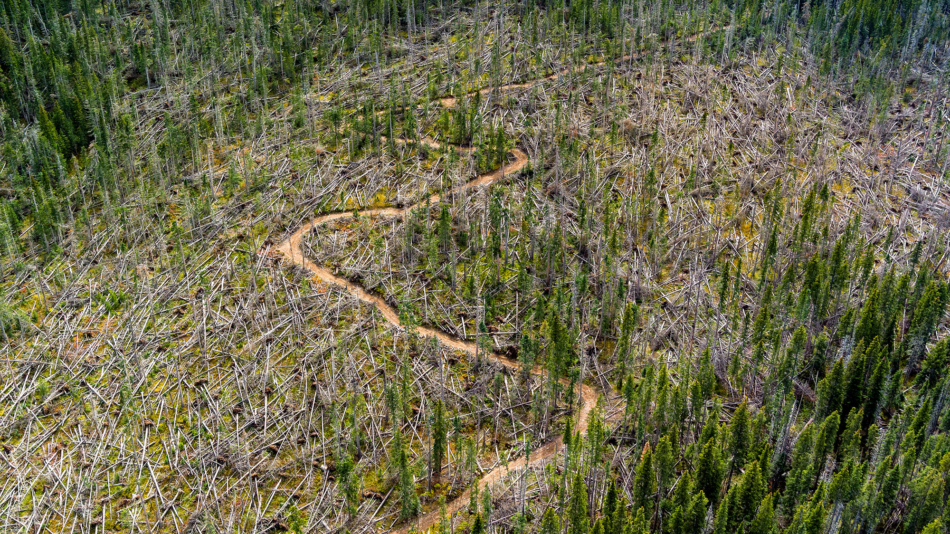
Gold Mine Tailings
The Cripple Creek & Victor Mine Gold Mine in Teller County is the largest gold mine in Colorado, producing over 220,000 ounces of gold annually. Open pit mining efforts result in the production of tons of tailings which are hundreds of feet high.
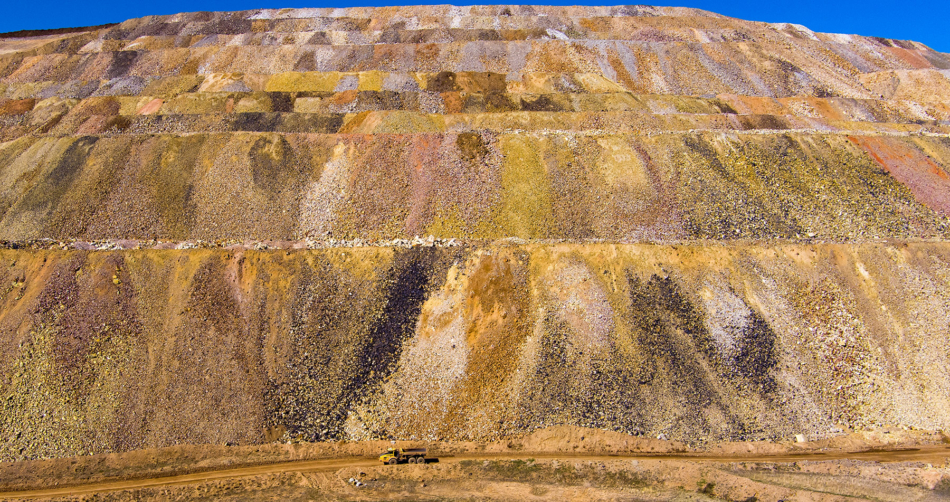
EV Infrastructure
Curtis Claar is hoping to capitalize on the lack of EV charging stations in less populated areas. “I’m kind of trying to pick the void,” said Claar, who started a company called EV Trail and hopes to complete a string of privately owned, conveniently spaced fast chargers from Mount Rushmore in South Dakota south to Albuquerque, N.M. For The Colorado Sun.
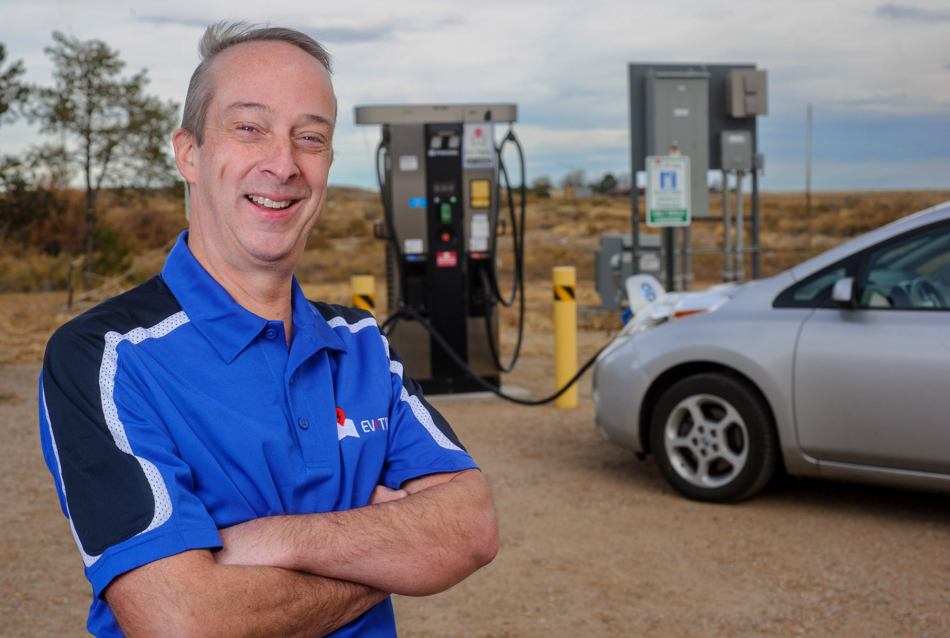
Fountain Creek Realignment
The Fountain Creek-Pueblo Channel Project realigned one-half mile of the waterway to stabilize the channel, reduce erosion, and decrease risk to infrastructure, such as the 8th Street bridge, as Fountain Creek makes its way through Pueblo. The project was completed at a cost of $2.6 million.
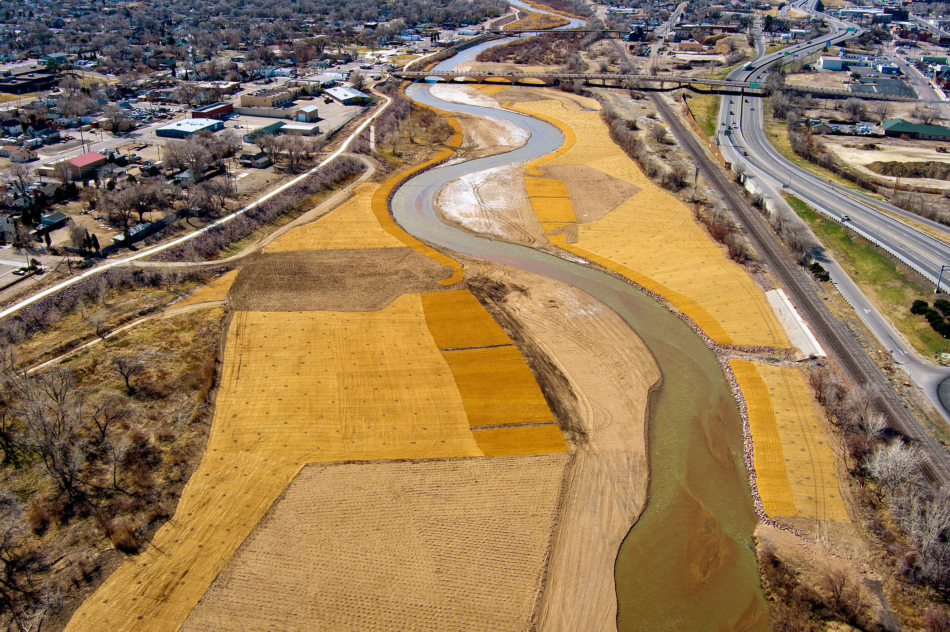
Lincoln Park Superfund Site
The Lincoln Park neighborhood near Cañon City, Colo. was added to the EPA’s Superfund Site list in 1984. Longtime disposal practices at the nearby Cotter Uranium Mill in previous years included dumping of radioactive waste and heavy metals into unlined impoundments which led to contaminated groundwater. Additionally, a 1965 flood caused those unlined impoundments to overflow into Sand Creek, which flows toward the Lincoln Park residential area.
Forty years later, there’s still no real plan in place to clean up the Cotter Uranium Mill. For The Colorado Sun.
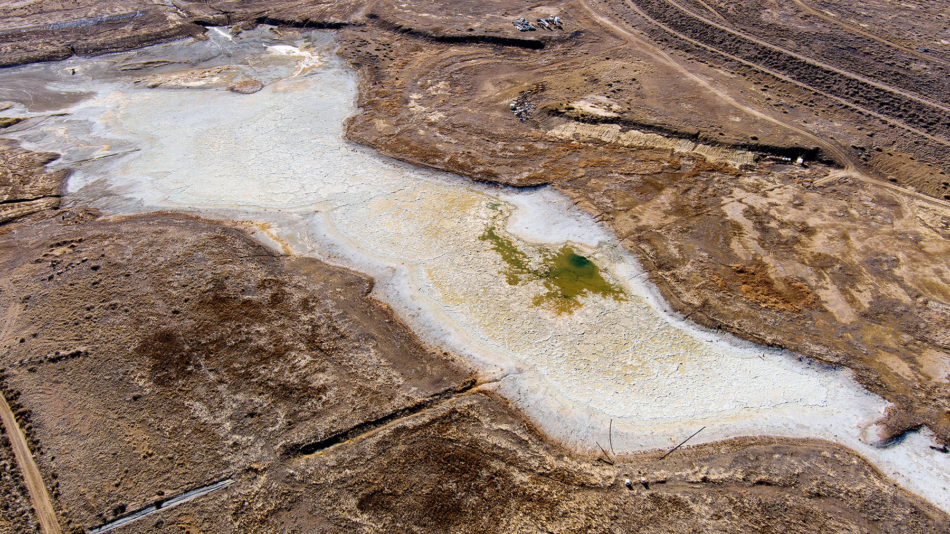
*****